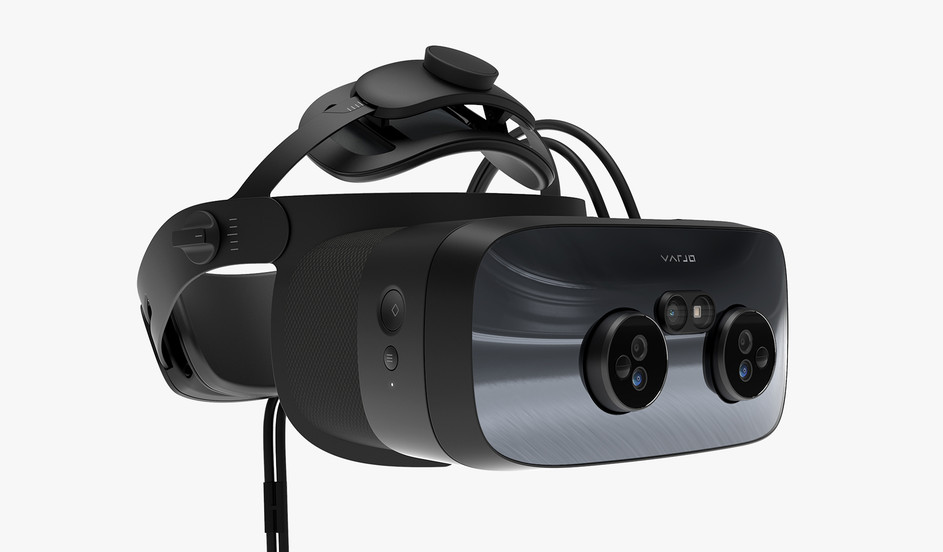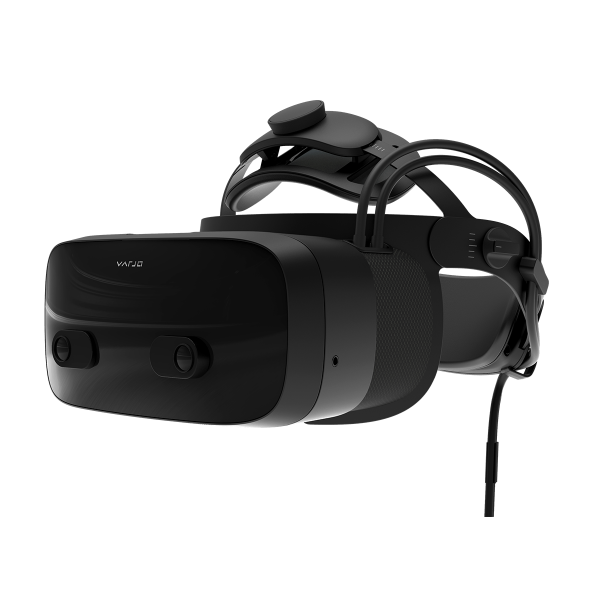Varjo VR-3 vs Varjo XR-3
When you compare the Varjo XR-3 to the Varjo VR-3 you can see which VR Headset is better. Let's take a look of the comparison, and see which model of VR Headset out ontop.
What VR Headset is better?
Comparing Varjo XR-3 and Varjo VR-3, there are several similarities that they share such as the same field of view (115°), resolution (2880 x 2720 px) minimum CPU requirement (Intel Core i9-9900K, Intel Xeon W-2245 8-core, AMD Ryzen 7 3700X), and minimum graphics requirements (NVIDIA GeForce RTX 2080 Ti, NVIDIA Quadro RTX 6000). Both headsets also operate on Microsoft Windows.
The main difference between these two headsets is in the type of virtual reality they offer. The Varjo XR-3 offers a mixed reality experience while the Varjo VR-3 offers a more traditional PC VR experience.
The Pros for both headsets include their high resolution, large field of view and 360 tracking capabilities. Additionally, both headsets require only mid to high range hardware requirements for optimal performance which makes them accessible to many people who may not have access to cutting edge technology yet still want to experience virtual reality gaming.
One Con for both models is their refresh rate at 90 Hz – although this is quite good compared to other devices on the market today it would be nice if this was higher for an even smoother experience when playing or watching content in virtual reality.
After using both headsets I personally found that I preferred theVarjo XR-3 because of its superior mixed reality capabilities. This headset allows you to have a more immersive experience due to being able to interact with physical objects in your environment while playing games or watching videos in virtual worlds. This creates a much more realistic feeling than just viewing 3D objects in one’s own home which can be achieved with other PC VR headsets available on the market today.
Specs comparison between the two VR Headsets
| Varjo XR-3 | Varjo VR-3 | |
|---|---|---|
| Overview | ||
| Brand | Varjo | Varjo |
| Model Name | XR-3 | VR-3 |
| Release Date | 122020 | 122020 |
| Country of Origin | Finland | Finland |
| Category | Mixed Reality | PC VR |
| Display | ||
| Field of View | 115° | 115° |
| Resolution | 2880 x 2720 px (per eye) | 2880 x 2720 px (per eye) |
| Refresh Rate | 90 Hz | 90 Hz |
| Display Type | LCD | LCD |
| Minimum Requirements | ||
| Min. CPU Required | Intel Core i9-9900K, Intel Xeon W-2245 8-core, AMD Ryzen 7 3700X | Intel Core i9-9900K, Intel Xeon W-2245 8-core, AMD Ryzen 7 3700X |
| Min. Graphics Required | NVIDIA GeForce RTX 2080 Ti, NVIDIA Quadro RTX 6000 | NVIDIA GeForce RTX 2080 Ti, NVIDIA Quadro RTX 6000 |
| Min. RAM Required | 32 GB | 32 GB |
| Operating Systems | Microsoft Windows | Microsoft Windows |
| Sizing | ||
| Weight | 594 g + headband 386 g | 558 g + headband 386 g |
| Dimensions | 300 x 200 x 170 mm | |
| Features | ||
| Room Scale? | YES | YES |
| 360 Tracking? | YES | YES |
| Positional Tracking? | YES | YES |
| Eye Tracking? | YES | YES |
| Cooling System | YES | YES |
| IPD Adjustment? | YES | YES |
| USB? | YES | YES |
| Display Port? | YES | YES |

